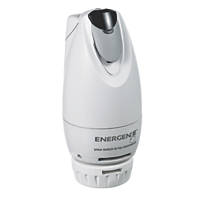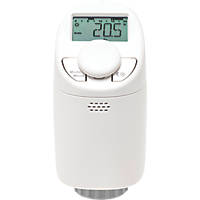Hi
We moved to this house about 6 months ago, in need of renovation. At the beginning all the radiators worked fine but with the caveat that they were always super hot, the TrVs don't seem to do anything to them.
Since then we did all upstairs including new plumbing and radiators -- we left downstairs as is, as well as the old boiler, to be completed next year.
The new radiators work better than the old ones: the ones with TrVs seem to be ok although not perfect, one of them for example only lights up at 4 and it's pretty much the only heat setting. Others are a bit less bad. The one in the bathroom has manual valve and it's same as downstairs: turning it on a little bit is the same as turning it on all way.
I bled every one as much as I could. Some still have a bit of cold patches in the bottom which is probably not air.
System is gravity.
Is there something I can do? When we change the boiler a full system drain will be performed so I imagine everything will be fixed then, but still I'm curious..
We moved to this house about 6 months ago, in need of renovation. At the beginning all the radiators worked fine but with the caveat that they were always super hot, the TrVs don't seem to do anything to them.
Since then we did all upstairs including new plumbing and radiators -- we left downstairs as is, as well as the old boiler, to be completed next year.
The new radiators work better than the old ones: the ones with TrVs seem to be ok although not perfect, one of them for example only lights up at 4 and it's pretty much the only heat setting. Others are a bit less bad. The one in the bathroom has manual valve and it's same as downstairs: turning it on a little bit is the same as turning it on all way.
I bled every one as much as I could. Some still have a bit of cold patches in the bottom which is probably not air.
System is gravity.
Is there something I can do? When we change the boiler a full system drain will be performed so I imagine everything will be fixed then, but still I'm curious..



